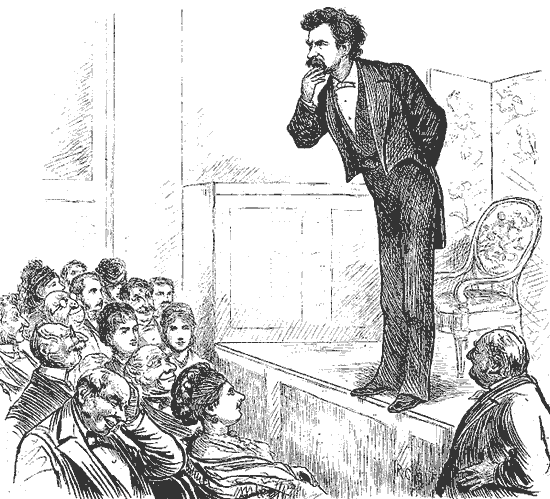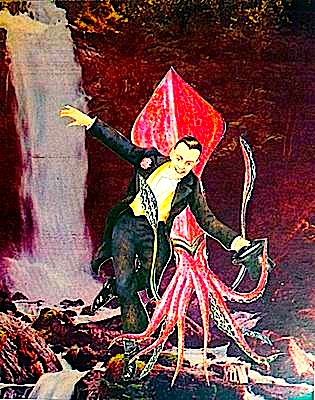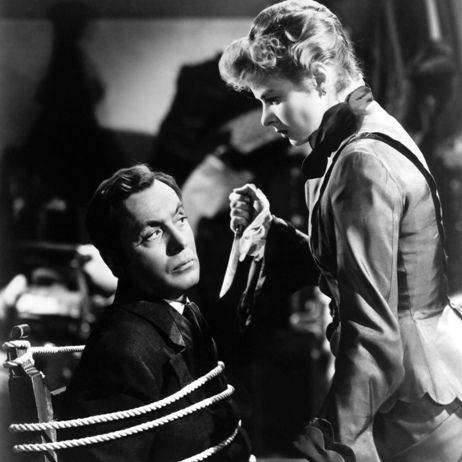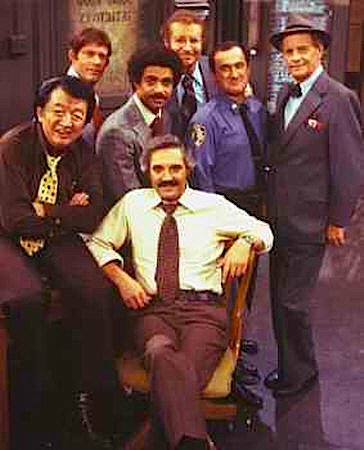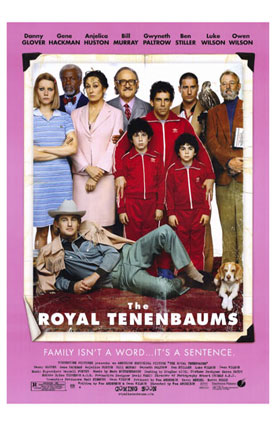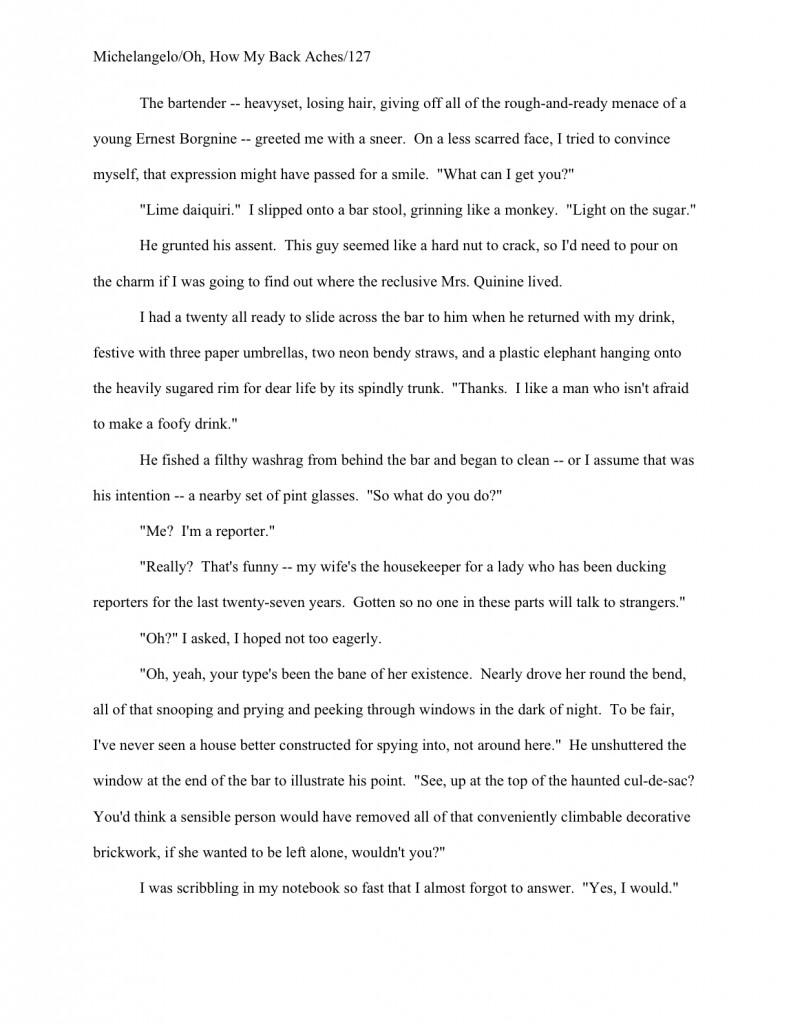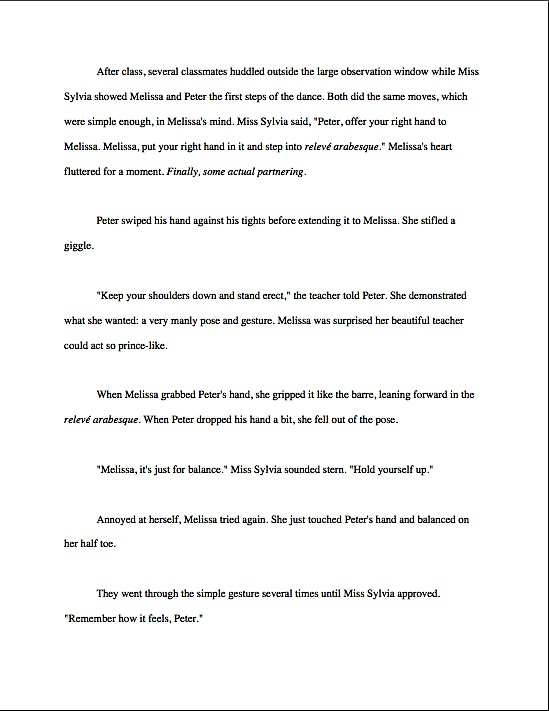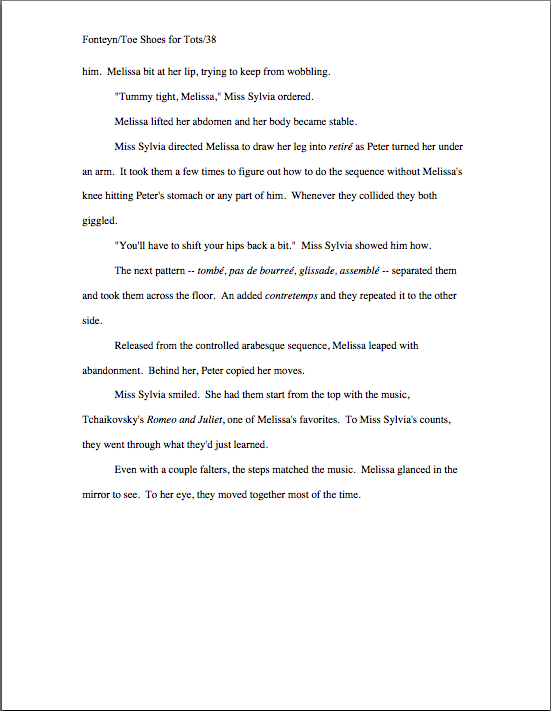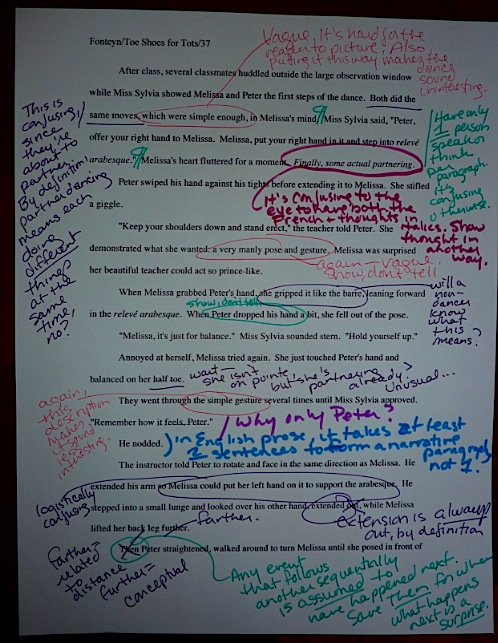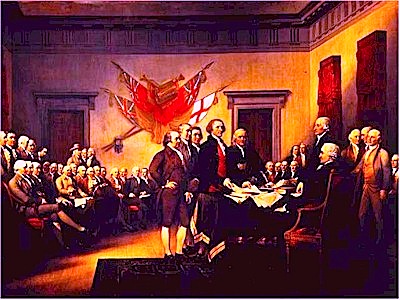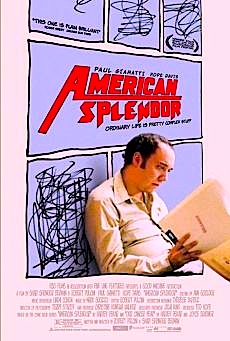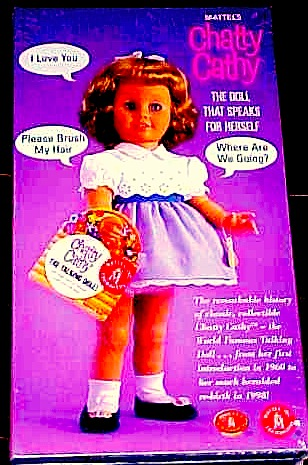
After our in-depth discussion of the differences between adult fiction and YA narrative voices last time, I’m delighted to be able to bring you today a marvelous example of a fresh YA voice: 2010 Author! Author! Award for Expressive Excellence in YA winner Juniper Ekman. Like the three other A!A!AEE winners whose work you have already seen, Juniper took top honors in her category. Thus, she is also the Grand Prize winner in the Author! Author! Great First Page Made Even Better Contest in Category I. (And what an evocative author photo, eh?)
If Juniper’s name seems familiar to those of you who have been hanging around here at Author! Author! for a while, pat yourselves on the back for your retentive memories: she also won November’s Words to Write By contest. If you recall (hey, I know you’re up for it), that contest asked entrants to submit the quotes that most inspired them as writers, along with a brief explanation why. Here is what Juniper sent in:
“I am a writer. I have books to write. What am I doing building a museum?” ~ Orhan Pamuk, possibly from a New York Times interview on the creation of his new museum
This is a quote I post to each page of my calendar, the quote I have taped to my phone. This is the quote I write in permanent marker on my palm so I can hold it up every time I answer yes to the wrong question:
“Do you have a few hours to make fifteen puppets for the holiday puppet show?”
“I know you’re already working five jobs, but would you mind coming in for an extra shift on Thursday? We forgot to hire somebody to replace the last employee we fired.”
Or when I find myself distracted by my hobbies, my friends, my feller, my life. All the things that make life worth living but prevent me from living on.
What am I doing?
No.
I am a writer.
I have books to write.
You tell ‘em, Juniper. I, for one, am quite in favor of your taking the time to write — and I suspect that in the years to come, many, many young readers are going to be pretty psyched that you did it, too.
What makes me (and the current contest’s judges) think so, you ask? Well, for starters, look how many young readers will identify with her book’s core issue:
Trouble Comes is a contemporary YA novel about finding home wherever your heart lets you, making peace with a life you didn’t ask for, and troubling yourself to care about the world’s troubles. It concerns itself with bowling tournaments, small town secrets, unexpected heroes, and unpleasant people who nevertheless matter.
That first sentence actually isn’t a bad definition for YA aimed at the older part of its market, is it? What teenager has not muttered at least once recently, I SO didn’t ask for this life!
The longer book description, thank goodness, delivers on this rather hefty promise — which a great many don’t, by the way. It’s far from uncommon for an agency screener to be taken with the descriptive paragraph in a query, only to turn to the synopsis tucked into the submission packet to discover a plot or argument that doesn’t seem to match the query.
Juniper’s, however, does fit well with both her brief description and the narrative voice of the book. So you may judge for yourself, here is the longer description.

While I’m praising this page, I should mention the not insignificant achievement that the characters, situation, and narrative voice were engaging enough to make me discount one of my personal pet peeves as a professional reader: character and place names that are a trifle too on the nose. They don’t but every pro, but they’re a bit 18th-century for my taste. Back when defining characters by a ruling passion was fashionable, you could get away with a schoolmaster character named Mr. Thwackum in adult fiction, but now, it’s considered more stylish not to give the whole candy store away up front.
Besides, who wants literally-minded readers to mutter over one’s book, “Oh, come on — Mr. and Mrs. Struggle realized prior to their daughter’s christening that her future life would be trying enough that they should name her Constance?”
Admittedly, names that are direct reflections of the personalities of people and places have enjoyed a long history in YA, as any Roald Dahl fan could testify. Villains are especially likely to be called something like Dastard Lee. These days, however they’re usually confined to works intended for younger readers, rather than the devourers of the kind of meaty, complex characters and situations that appear on page 1 of TROUBLE COMES.
I find too-apt naming especially trying if several characters in a single story are tacitly waving signs declaring This is what I am like! No need to read closely for character development! I might, for instance, have overlooked a town called Last Chance (a remarkable coincidence to which, you will note, the book description specifically calls attention) if the character we’re told is constantly — ahem — sharing her no doubt considerable charms with a variety of Mr. Right Nows to refresh herself as she proceeds along the road to Mr. Goodbar had not been called Mona.
If that didn’t elicit a chuckle, try reading that last sentence out loud. A 13-year-old reader might not catch the implication (although most of the 13-year-old writers I know would), but Millicent definitely will. So might some young readers’ parents — and that could conceivably be a marketing problem, especially for public school libraries.
And while I’m quibbling, I would also like to point out that Journey Jones scans a bit too like actor January Jones’ name — not an insignificant consideration, since that similarity may well cause some readers to picture the protagonist looking like the actor.
Hey, it’s my job to worry about things like this. I only jump all over manuscripts I genuinely like, recall.
Besides, the narrative voice and genuine grabber of an opening don’t need the adrenaline boost of names that let the reader in on the joke. Juniper’s narrative voice captivated the judges, not merely because the writing was so good, but because it was so nicely attuned to her target audience.
This is how YA writing is done, folks. See for yourself — and, as usual, my apologies if the individual letters a trifle blurry on your browser; try holding down COMMAND and pressing + to enlarge the image.

Pretty impressive, eh? In fact, like Jennifer Sinclair Johnson’s Grand Prize-winning entry in Category II: Adult Fiction this page displayed such a strong, assured authorial voice so well suited to its target audience that it actually presented me with a blogging problem: other than the accolade itself, the primary benefit for winning this contest was supposed to be a heaping helping of my patented extensive feedback. But how much feedback could I possibly give on pages as clean as Juniper and Jennifer’s?
You’re all familiar with what the term clean means in a publishing context, right? A clean manuscript is one clean (or relatively so) of typos, grammatical errors, logical holes, missing words, formatting problems, and all of the other hard-to-catch but annoying-to-professional-readers minute points that separate polished prose from, well, the other kind.
Juniper’s first page is so much cleaner than 95% what our old pal Millicent the agency screener sees in an average day that she might be tempted to overlook the few minute details that should be corrected here. (Seriously, your future agent is going to be jumping up and down about your revision eye, Juniper: it’s rarer in talented writers than one might perhaps hope.)
Half of you did a double-take midway through that last paragraph, didn’t you? (Is that the mathematical equivalent to every one of you doing a single-take?) “A few minute details? But this page looks cosmetically perfect to me!”
Ah, but you don’t stare at professionally-formatted manuscripts all day, as an agent or editor routinely does — or the motley collection of nearly-correctly and flatly incorrectly-formatted submissions that find their way to Millicent’s desk. Try to look at a page from the perspective of someone who sees nothing else for hours, days, weeks on end.
Trust me, those tiny gaffes actually would start to jump off the page at you. In fact, you might well begin to find them a trifle annoying. Perhaps — dare I say it? — disproportionately so.
Don’t believe me? Okay, take a long, hard look at Juniper’s first page above. Really concentrate on burning that image into your mind.
Got it firmly imprinted upon your brainpan? Good. Now take a gander at the same page with some minutiae cleaned up:
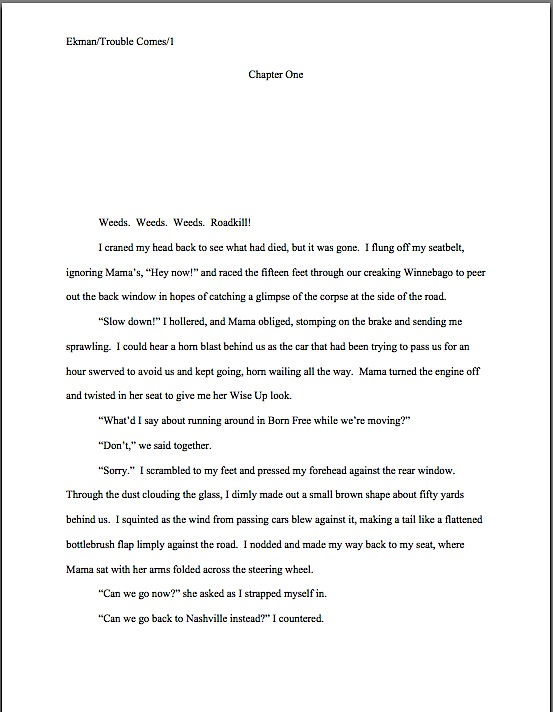
It’s more visually pleasing this way, isn’t it? Pop quiz: what did I change?
Would you believe that it was as many four different things? I moved the slug line to the left margin (it was indented), standardized the spacing after periods (one was off in line 1, and yes, Millicent would have noticed it), added a comma in line 3 (that Millie would have corrected automatically while reading), and removed an instance incorrect capitalization in line -2.
That’s it. And yet the second version looks significantly more polished, does it not? Even just shifting the slug line makes it seem better put-together.
As I have been known to tell the many, many aspiring writers who like to argue with me at conferences about whether minute formatting details actually make a difference at submission time (they do, invariably) and/or if it is Millicent’s job to look past presentation problems in trying to evaluate a manuscript (it is, explicitly), once a professional reader has been at it a while, she develops an almost visceral sense of whether the page in front of her is put together correctly or not.
Translation: don’t expect the little stuff to escape her notice. Or not to affect her evaluation of your work.
True, the miniscule alterations I made above didn’t actually change the writing in this fine opening page, but yes, Millicent — and her boss the agent, as well as the editor to whom the manuscript will eventually be pitched — would prefer the second version. Universally.
So it’s well worth the effort to scrub one’s submissions to this incredibly high presentation standard. Minor gaffes actually are distracting to professional readers — you want your writing to shine without any smudges on it.
Before you blow me away with your collective sigh of resignation, permit me to add: this level of nit-pickery is excellent practice for later in your writing career. Remember, once you have landed an agent, perfectly clean manuscripts will be the minimum expectation, not the icing on the writing cake.
But yes, I’ll admit it: I was a trifle relieved when I noticed the first of those itsy-bitsy flaws on this otherwise spic-and-span page. It’s genuinely a pleasure for an editor to be able to suggest the changes that would elevate a great first page to a perfectly-presented one.
Okay, enough about possible fixes. Let’s talk about what makes this first page so very good from a submission perspective: the narrative voice.
Specifically, that it comes across as both original and as distinctively YA.
That last bit prompted a chuckle or two out there, didn’t it? “But Anne,” doubting Thomases and Thomasinas everywhere point out, and who could blame them? “In what conceivable context would a reader not already know before beginning to read this that it’s from a YA book? Presumably, Juniper would be sending this to a YA-representing agency, where it would be read by a YA-trained Millicent working for a YA-representing agent, who would then in turn be offering it to YA-handling editors. YA-reviewing critics would pass judgment upon it, and readers would find it in the YA section of a bookstore. Even here, you presented it as YA. Am I missing something here?”
Perhaps one thing, oh doubters, but it’s a significant one: if Millicent — or her boss, or the acquiring editor — murmurs over even a single sentence of page 1, “Oh, this doesn’t read like YA,” the rest of that pretty series of events you mentioned will not happen.
Voice and vocabulary-appropriateness for the target audience is always important, but never more so than in a YA submission. Even if Millicent likes the writing qua writing, if the vocabulary is pitched even slightly too high or the tone is too adult, it may well end up in the reject pile. And don’t even get me started on how much more difficult it is for manuscripts with substantial amounts of profanity or — ahem — too-specific discussion of the protagonist’s anatomy and the various ways might be co-mingling with other characters’ corporeal beings.
If you doubt that, you might want to hie yourself down to your local junior high school or public library with a YA section. Buy the librarian a nice cup of tea and get her to tell you about the last 17 times a parent came storming into the stacks, demanding to know how a book like this made it into her child’s hands.
You’d be astonished how often the objection is to a single sentence. Or even a word, particularly if it is of the Anglo-Saxon variety.
Juniper’s first page is, I am pleased to report, happily free of triggers for this sort of parent — which is a good trick, given Mona’s apparent — ahem — frequency of physical generosity. A lot of aspiring writers would have taken a cue from films and TV shows aimed at teenagers and peppered the dialogue with profanity.
This opening scene doesn’t need it for authenticity, though. And don’t you just love the tension inherent in the exchange at the bottom of the page?
Remember how I mentioned last time that one of the species characteristics, as is were, of YA was the preponderance of ands, especially in first-person narratives? Juniper embraces that norm here. She does it so well, in fact, and in such a likable, believable YA voice that I suspect that when you first scanned her page 1, the ands did not strike you as especially abundant.
Yet they were, at least by adult fiction standards: as we discussed some months back, since professional readers are trained to spot repetitions and inconsistencies, Millicent’s eye tends to be drawn to them. Take a peek, for instance, at where Millicent charged with screening adult fiction manuscripts would find herself focusing:

Notice how the percussive and use is almost as distracting to the adult-oriented reader’s eye as the formatting and grammatical anomalies. There’s a reason for that: young readers are used to instructional texts, where sentence structures and vocabulary choices are deliberately repetitive, but adult readers are not. So younger readers’ eyes will tolerate quite a bit more word repetition than older readers’ will.
But with YA-reading glasses firmly in place, this is not only an engaging voice, but an unusually clean page of manuscript. Let Millicent do her darnedest, there’s not a lot to critique here — a trifle unfortunate for illustrative purposes here, but a tremendous plus in a submission.
Remember how I mentioned during Querypalooza that Millicent and her ilk are looking to fall in love with a submission? Take a peek at her reaction when she does.

Okay, so it was really my reaction — and a composite of the judges’ — but still, it’s rather startling to see that much praise on a professionally commented-upon manuscript page, isn’t it?
I could, of course, dwell upon a couple of content revisions I would like to see Juniper make — what did that corpse look like when Journey first spotted it, for instance, and how was her second glimpse different? How did the sight of it make her feel, not just in her head, but in her body? — but I think I’ll leave that discussion to Juniper, the agent lucky enough to sign her, and the editor destined to fall in love with this narrative voice.
For now, I shall limit myself to saying well done, Juniper! To you and all of you conscientious, talented writers out there, keep up the good work!
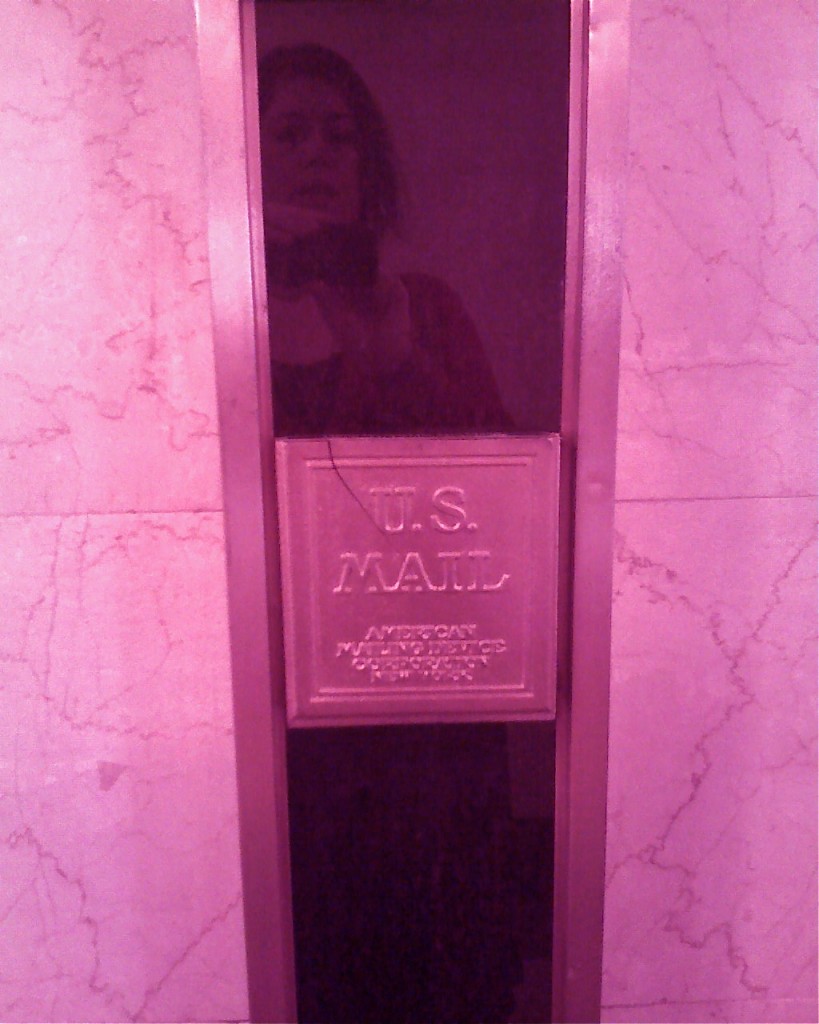


 Unfortunately, writers all too often automatically assume that it’s the idea of the book being rejected, rather than a style-hampered querying letter or a limp synopsis.
Unfortunately, writers all too often automatically assume that it’s the idea of the book being rejected, rather than a style-hampered querying letter or a limp synopsis. 





